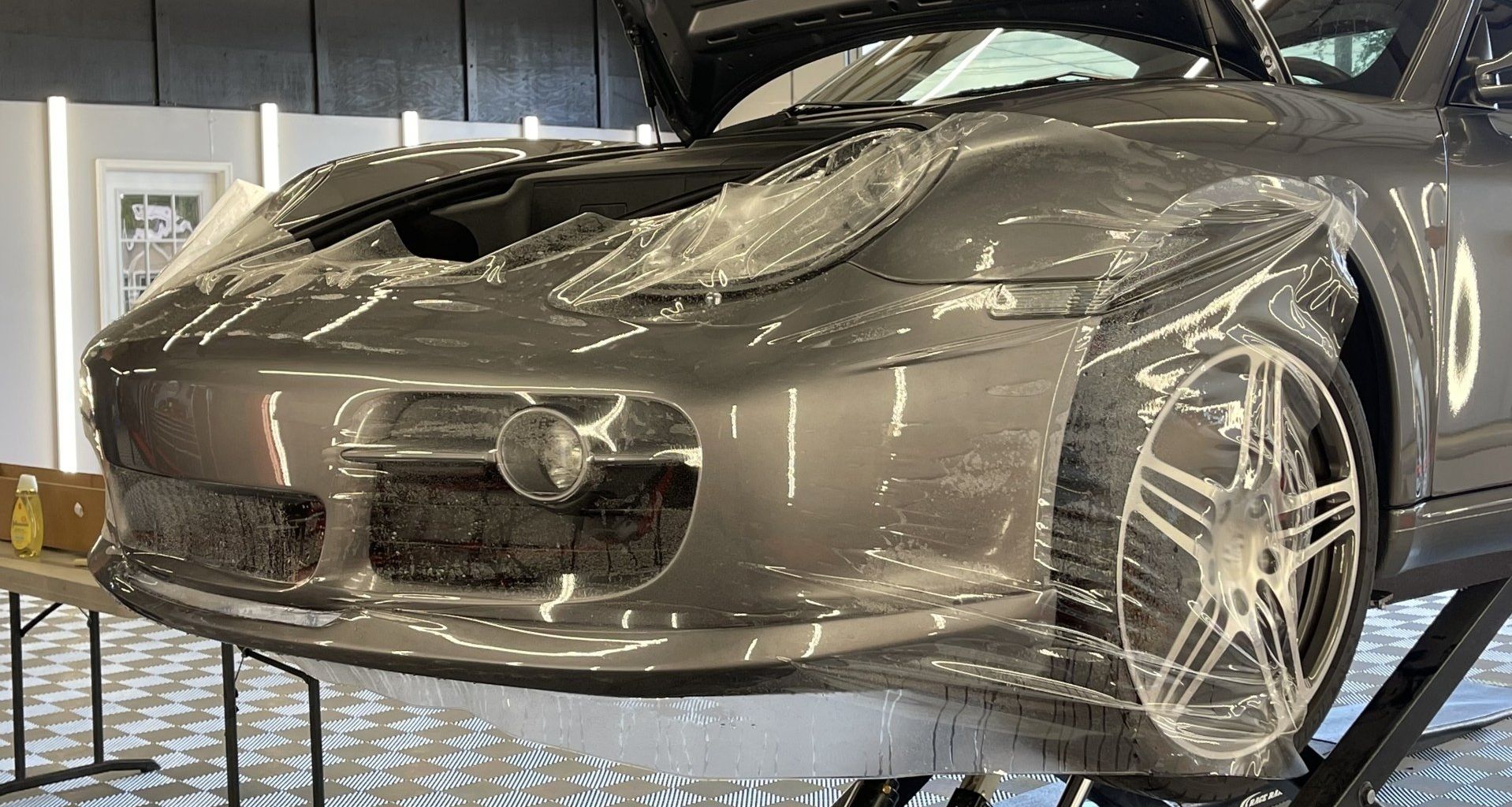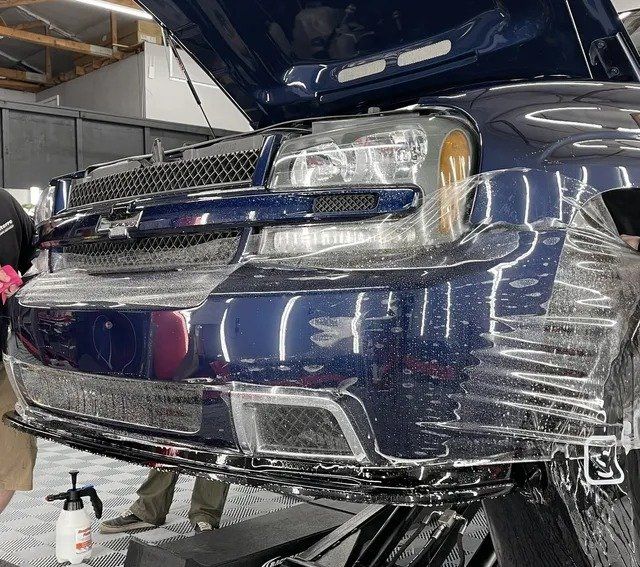When it comes to protecting your car’s paint, the question often arises: Can Paint Protection Film (PPF) be applied over imperfections? While most car owners hope for a seamless solution to preserve their vehicle's beauty, the reality can be more complicated. Applying PPF over minor flaws is possible, but it's essential to understand how these imperfections can impact the final look and longevity of the film. Ignoring underlying paint issues can lead to undesirable results—so before you rush into installation, let’s explore what you need to know about maximizing both protection and appearance when applying PPF.
While it is technically possible to apply Paint Protection Film over minor paint imperfections, it is generally not recommended. Surface flaws such as swirls, scratches, or clear coat failures can affect the adhesion and appearance of the PPF, potentially leading to more pronounced issues once the film is applied, so addressing these imperfections beforehand will yield better long-term results.

Applying PPF Over Imperfect Paint: Is It Possible?
When considering applying Paint Protection Film (PPF) over a less-than-perfect paint surface, it’s crucial to recognize that while the film can physically adhere even to imperfect conditions, the results may vary significantly. Many professionals in the detailing industry believe that minor imperfections like swirls and light scratches can be effectively concealed by PPF. The film creates a smooth finish that can diffuse flaws and provide an overall polished appearance.
However, major paint defects—like chips, severe scratches, or clear coat failures—pose challenges when it comes to applying PPF. Such issues not only prevent the film from adhering properly but can cause complications down the road. If applied over deeply scratched surfaces, the film might lift or peel away due to insufficient substrate integrity underneath.
One important aspect of applying PPF over imperfect paint is the potential for long-term durability issues. Data indicates that PPF longevity suffers—a staggering 30% reduction—when laid over uneven surfaces compared to consistently smooth ones. This decline in durability makes it paramount for car owners to consider their vehicle's paint condition before proceeding with installation.
Given these insights, investing time into preparation can yield substantial benefits.
Essential Preparation Steps
A thorough pre-installation inspection is not just advisable; it's necessary. Taking a step back and assessing the overall condition of your vehicle's paint helps determine if any corrections are required before laying down PPF. If you've noticed visible imperfections like scratches or dull areas, you’ll want to evaluate them closely.
- Look for swirl marks, which are usually circular scratches caused by improper washing techniques.
- Inspect for cracks or chips from previous impacts that could worsen post-PPF application.
- Identify any clear coat failure, which occurs when the top layer of paint begins deteriorating due to environmental factors.
While professional installers can sometimes address these issues through polishing compounds or other detailing processes, it’s wise for vehicle owners to have realistic expectations about how effective these methods will be against more significant flaws.
Ensuring that your vehicle's paintwork is well-prepped before applying PPF will enhance both its appearance and protection longevity.
Remember that while applying PPF over imperfect surfaces is indeed possible, achieving optimal results requires careful consideration of those imperfections. If you're looking for that flawless finish on a luxury vehicle like a Ferrari or even your everyday ride, taking the time for proper assessment and potential corrections is key to success.
As we navigate through these critical preparation steps, we'll explore the meticulous process that ensures your car's paint is ready for protective layers.
How PPF Interacts with Imperfect Surfaces
The effectiveness of Paint Protection Film (PPF) is significantly influenced by the condition of the underlying paint. When installed correctly, PPF acts as a protective layer, adhering tightly to the surface beneath it. While it has the ability to mask minor imperfections such as light swirls and fine scratches, it's important to note that these flaws do not simply disappear when the film is applied. Instead, they are merely hidden underneath the film's glossy exterior.
This leads to an interesting phenomenon: in some cases, imperfections can become more visible if they are not addressed before applying PPF. For instance, if your vehicle bears small, superficial swirls, the film can diminish their appearance, creating a smoother look. On the flip side, deeper scratches or significant chips can present challenges. When PPF is laid over such defects, it can create an illusion—bridging these gaps—yet often result in noticeable voids that disrupt the overall aesthetic.
This situation can be particularly frustrating for owners who expect a flawless finish post-installation.
Another aspect worth considering is application quality. If PPF is improperly installed over an uneven surface filled with imperfections, trapped air and moisture can shorten its lifespan by up to 30%. Additionally, warranty claims for PPF installed over imperfect surfaces have been shown to be denied 40% more frequently than those applied onto properly prepared surfaces. The moral of this story is clear: ensuring a clean slate will lead not only to optimal performance but also peace of mind regarding warranties.
This emphasizes the importance of using high-quality detailing services proficient in both paint correction and PPF application. Investing in detailed preparation work is not just about aesthetics; it directly impacts the longevity and effectiveness of your protective film. As luxury car owners continue to adopt PPF in increasing numbers—especially for high-end vehicles like Ferraris—ensuring a pristine paint foundation becomes essential for achieving that coveted showroom shine.
As we shift our focus, let’s examine how utilizing protective films can enhance the appearance and durability of vehicles with existing paint issues.

How PPF Shields Your Car from Acid Rain
The impact of acid rain on automotive paint is often underestimated. Even though it may seem like just a few raindrops, acid rain can have a pH level between 4.0 and 5.0, which is acidic enough to cause significant damage to unprotected surfaces over time. This is where Paint Protection Film (PPF) shines, acting as an invisible shield that protects your vehicle’s paint from these corrosive elements, ensuring its gloss remains intact and its preservation is prioritized.
PPF is primarily composed of thermoplastic urethane, a remarkable material known for its strong tensile strength of approximately 5,000 psi. When applied correctly, this film creates a durable barrier that absorbs impacts from various environmental stressors, including rocks and debris, as well as acid rain. The gloss and clarity of the film aid in the preservation of your car’s functional aesthetics, further fortifying this robust defense system. The result is a remarkable reduction in damage; studies indicate that vehicles equipped with PPF experience 30% less paint degradation after prolonged exposure to acid rain compared to those without any protective film. This significant reduction in risk highlights the protective value of PPF against environmental hazards that cause paint discoloration and deterioration.
Self-Healing Properties
One exceptional characteristic of modern PPFs is their self-healing properties. This means that minor scratches and imperfections can 'disappear' over time, thanks to the elasticity of the film. It might sound like magic, but it’s really just science – when heat is applied (like from sunlight), the film's microstructure realigns itself, smoothing out any blemishes that may have occurred. This ability extends the effective lifespan of PPF significantly; under optimal conditions, it can last anywhere from 5 to 10 years.
To maximize these benefits, regular care should be part of your routine. Keeping the film clean not only enhances its performance but also prolongs its practicality. This includes washing your car regularly with gentle detergents and ensuring that you dry off the surfaces post-rainfall to prevent water spots from forming. These areas are prone to discoloration where contaminants might settle and wreak havoc if left unattended.
It's not just about maintaining aesthetics—protecting your vehicle also reflects on its resale value. When potential buyers see a car that's been well cared for, they often feel more confident in making a purchase. Ignoring potential hazards or risks, like paint discoloration, could affect their decision.
Notably, vehicles that utilize PPF are likely to maintain their vibrant paint finish longer than those that do not have protection in place. This can directly correlate with increased resale value since buyers appreciate the effort made to preserve the car’s original appearance.
With all the protective advantages that PPF offers against harmful substances like acid rain, it's equally important to consider how these films benefit the environment by reducing waste and enhancing durability.
Environmental Benefits of PPF
One of the most compelling reasons to invest in Paint Protection Film (PPF) extends beyond protecting the surfaces of your car; it encompasses significant environmental benefits too. When you apply PPF, you're preserving the aesthetic appeal and value of your vehicle while minimizing your ecological footprint. This protection reduces the frequency of car washes and repainting, both of which contribute to pollution and resource depletion.
Lowering Pollution
It's essential to note that traditional car washes consume an average of 45 gallons of water per vehicle, according to the International Carwash Association. Just imagine how much water a single region could save if more drivers opted for PPF! By extending the life of your car’s finish, it's possible to limit those trips to the car wash, thereby conserving water. Each wash not only requires substantial amounts of H2O but also often involves chemicals that can run off into local waterways, causing harm to ecosystems.
Furthermore, in areas where water is scarce, such as drought-prone regions, applying PPF takes on a new level of importance because it serves as a crucial step towards preserving these precious resources.
Beyond just saving water, there's also a reduction in chemical usage associated with less frequent detailing. The harsh detergents and cleaning agents used in standard washes can have detrimental effects on the environment, compromising local flora and fauna. Thus, with PPF acting as a barrier against dirt and pollutants, there’s less reliance on these harmful substances. Consulting professionals in this field can provide insights into maximizing these benefits.
Think of PPF as a two-for-one deal: while it protects your vehicle’s finish from road grime and acidic rain damage, it's also doing its part for Mother Earth by reducing demand for water-intensive services and toxic chemicals. Professionals often advocate for such sustainable choices to minimize ecological footprints.
Investing in PPF is less about simply covering your vehicle’s surface with a layer of film; it's about ensuring that your automobile remains a valuable asset for years to come. For those interested in protecting their vehicle from acid rain damage while enhancing its longevity and market value, don’t hesitate to reach out to us at Superior Auto Shine or call us at (253) 260-6868.

